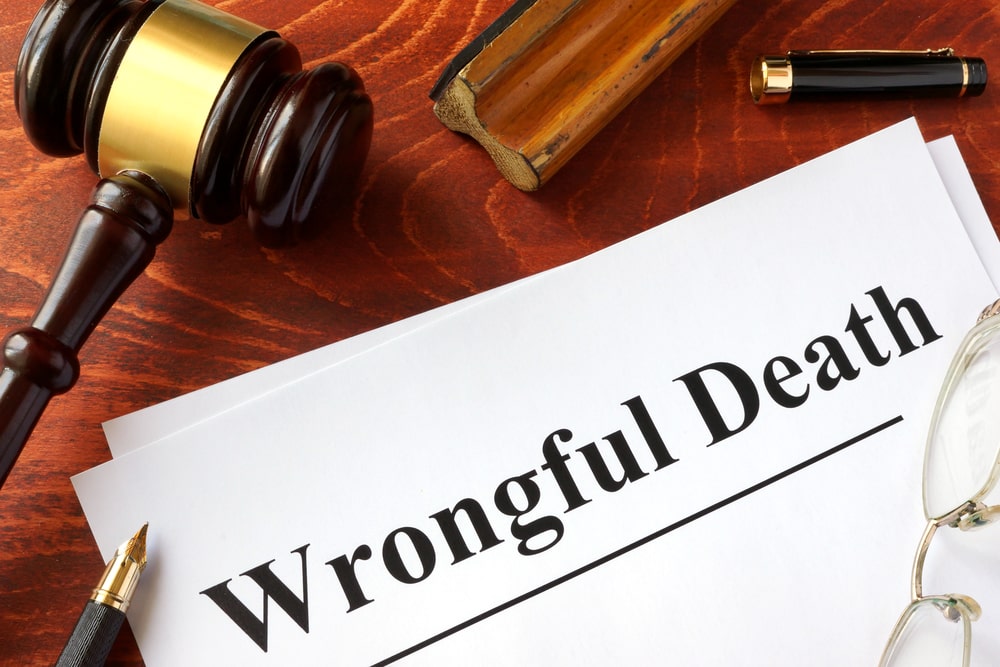Losing a loved one is always a devastating experience, but it becomes even more painful when their death could have been prevented. In cases where someone’s negligence leads to the untimely death of another, the surviving family members may be entitled to seek justice through a wrongful death lawsuit. Here’s how negligence is proven in a wrongful death case.
1. Establishing Duty of Care
The first step in proving negligence in a wrongful death case is to establish that the defendant owed a duty of care to the deceased. A duty of care is a legal obligation to act with a certain level of caution and consideration to avoid causing harm to others. The existence of a duty of care depends on the relationship between the parties and the circumstances of the case.
For example, doctors owe a duty of care to their patients, drivers owe a duty of care to other road users, and property owners owe a duty of care to those who visit their premises.
2. Breach Of Duty
Once it has been established that the defendant owed a duty of care to the deceased, the next step is to prove that this duty was breached. A breach of duty occurs when the defendant fails to act in a manner consistent with what a reasonable person would do under similar circumstances. This can involve actions that are reckless, careless, or simply negligent.
For instance, if a driver was texting while driving and caused a fatal accident, that would be considered a breach of duty. Similarly, if a doctor fails to follow standard medical procedures, leading to a patient’s death, that breach of duty could form the basis of a wrongful death claim.
3. Causation
After establishing that the defendant breached their duty of care, it must be proven that this breach directly caused the death of the victim. This step, known as causation, involves showing that the defendant’s actions (or inactions) were the direct and proximate cause of the death. This means that the death would not have occurred if not for the defendant’s negligence.
Causation can sometimes be challenging to prove, especially in complex cases involving multiple factors or parties. For example, in a medical malpractice case, it must be shown that the doctor’s negligence directly led to the patient’s death and that other factors were not the primary cause.
4. Damages
The final element in proving negligence in a wrongful death case is demonstrating that the death caused damages to the surviving family members. These damages can be both economic and non-economic. Economic damages include funeral and burial expenses, loss of financial support, and medical bills related to the deceased’s final injuries. Non-economic damages may include loss of companionship, emotional distress, and pain and suffering.
A wrongful death lawyer will work with experts, such as economists and medical professionals, to quantify these damages and ensure that the family receives fair compensation for their loss.
Conclusion
Proving negligence in a wrongful death case requires establishing that the defendant owed a duty of care, breached that duty, caused the death, and that the death resulted in damages to the surviving family members. If you have lost a loved one due to someone else’s negligence, consulting with an experienced wrongful death lawyer from Council & Associates, LLCcan help you navigate the legal process, gather the necessary evidence, and secure the justice your family deserves.

